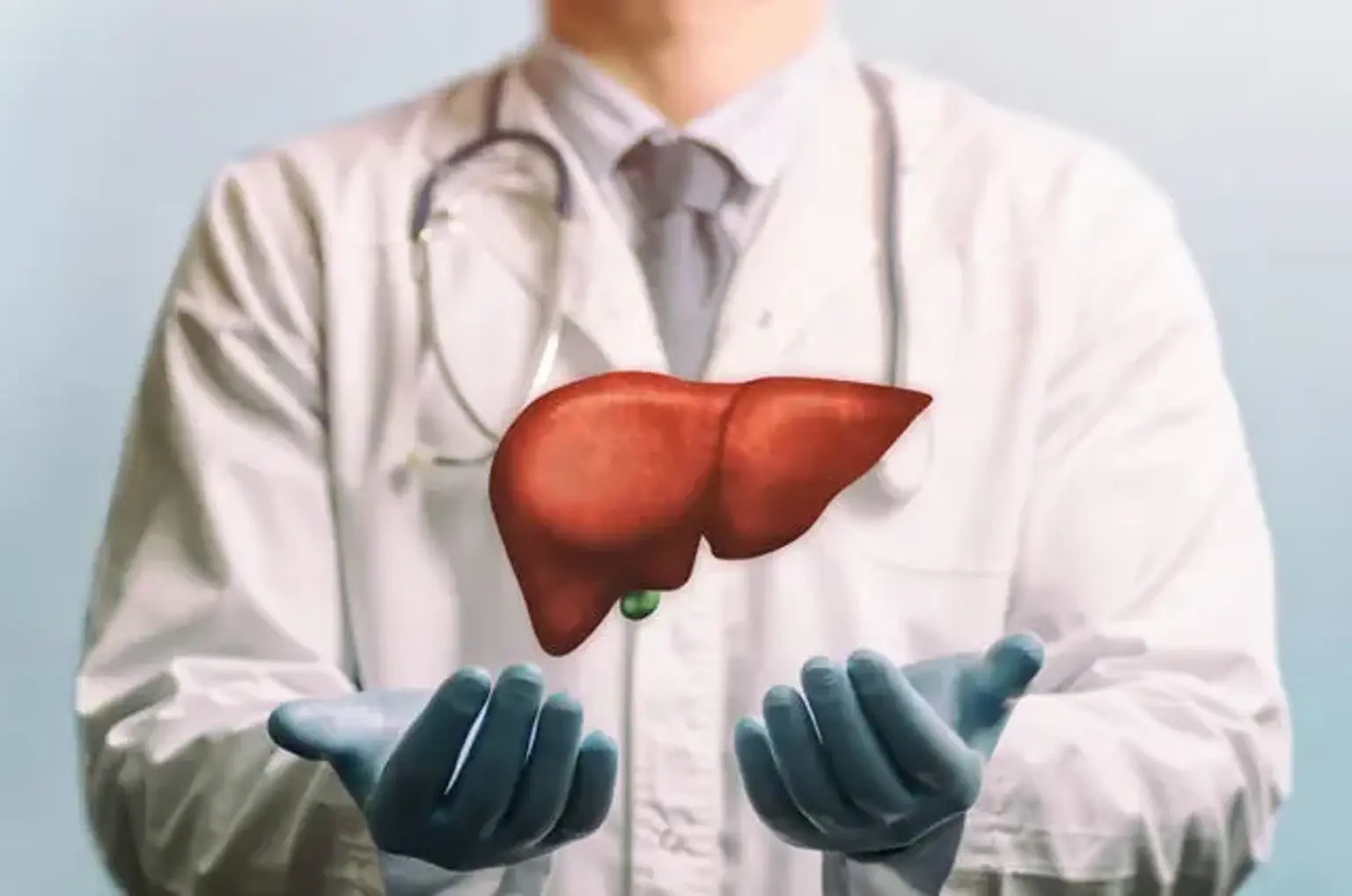Liver transplant
Overview
After the kidney, the liver is the second most often transplanted major organ. In 2020, 8425 individuals had liver transplants, while 12,261 patients were added to the liver transplant waiting list.
In the United States, cirrhosis and decompensated liver disease were the tenth highest cause of death for males in 2016. Liver transplantation (LT) is a life-saving gift and a tried-and-true treatment option for individuals with acute and chronic end-stage liver disease. It restores normal health and lifestyle, as well as extending life by 15 years. When all other medical approaches had failed, the introduction of liver transplantation provided a safety net for the treatment of numerous liver ailments.
